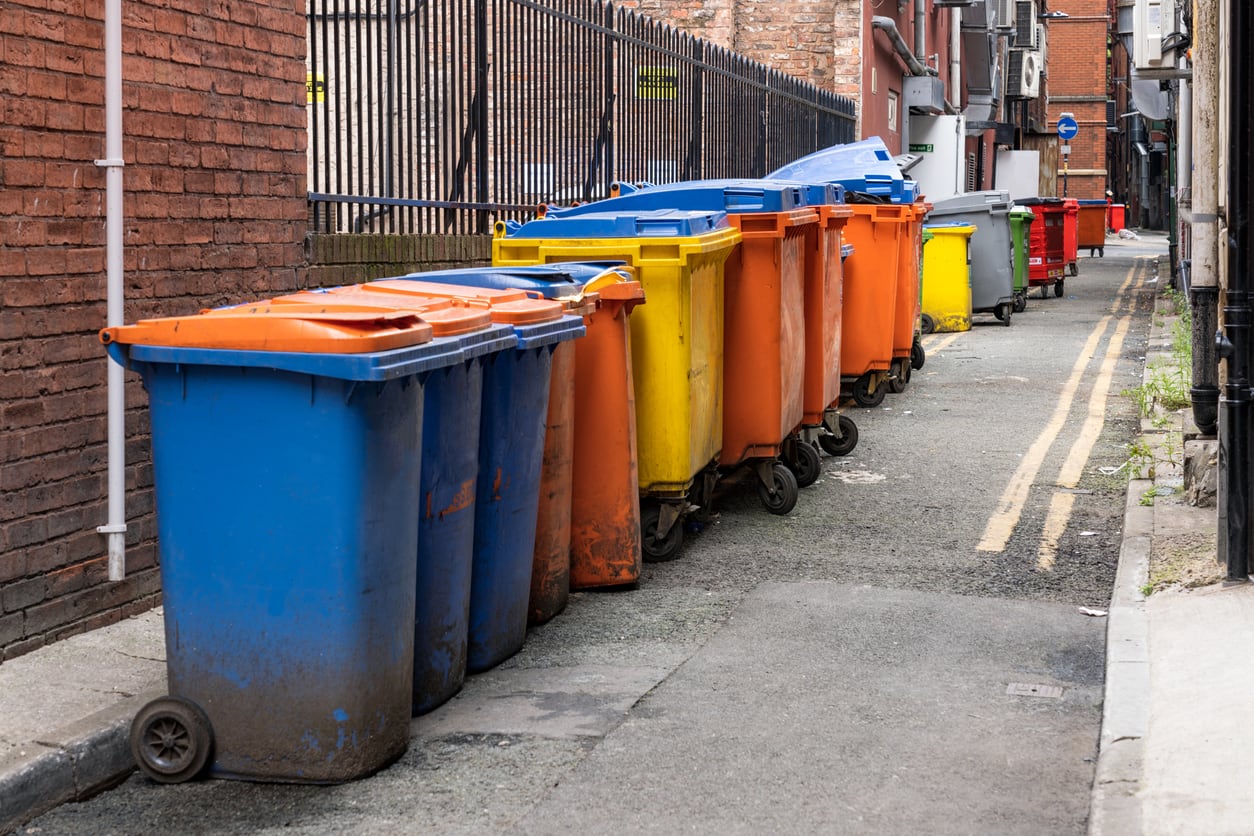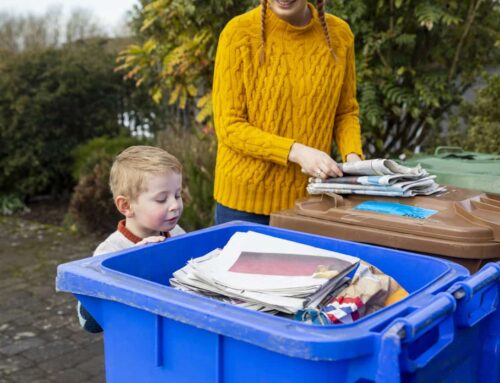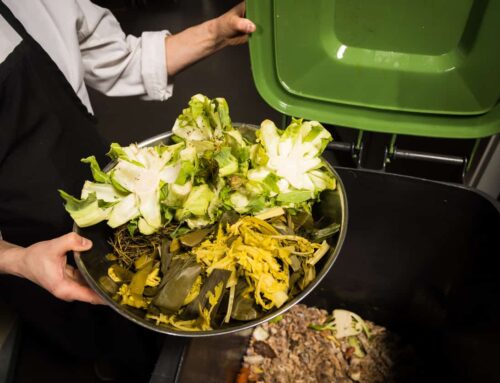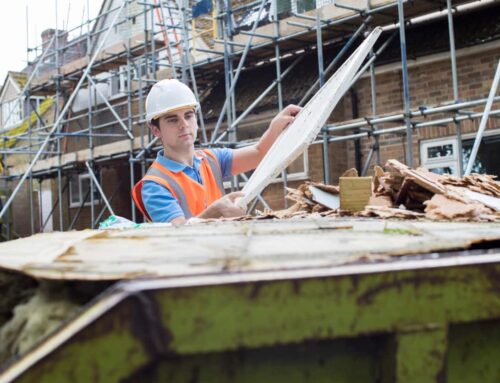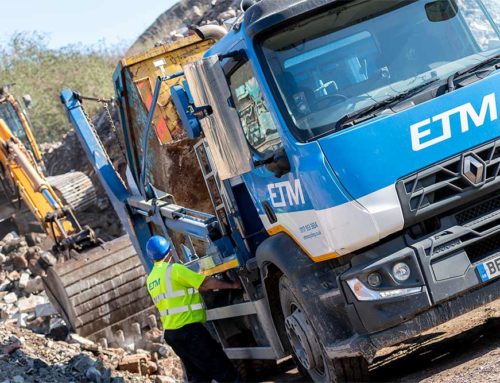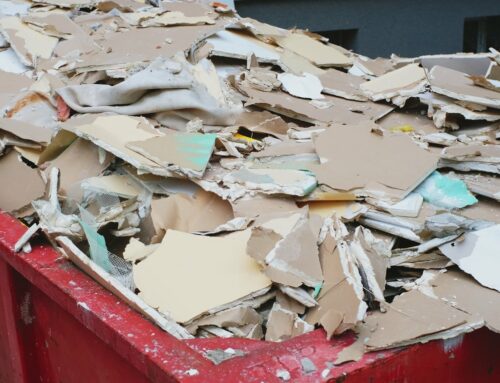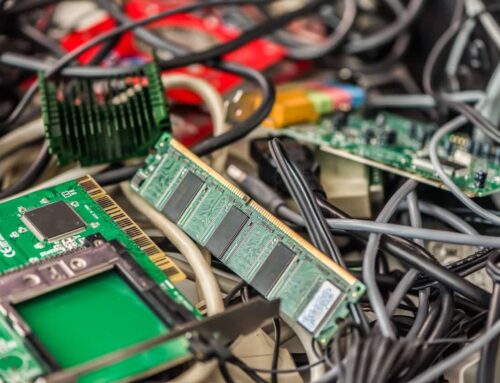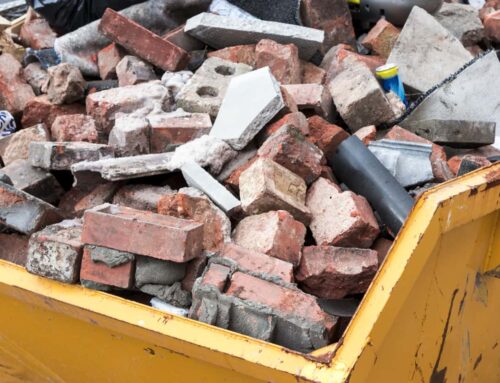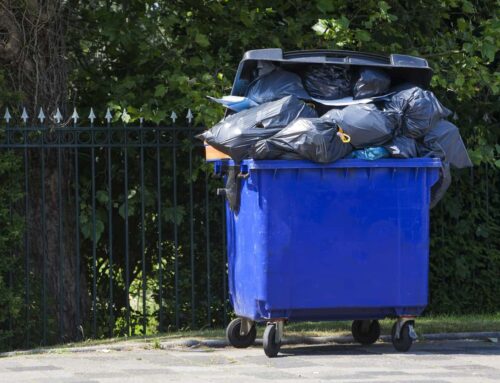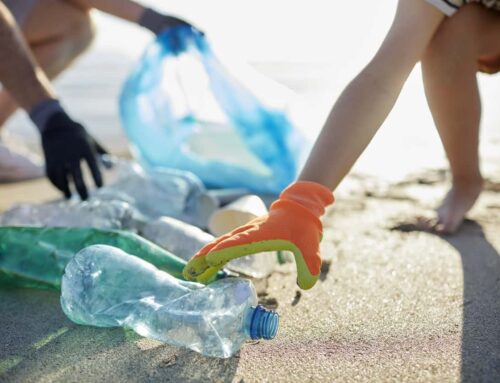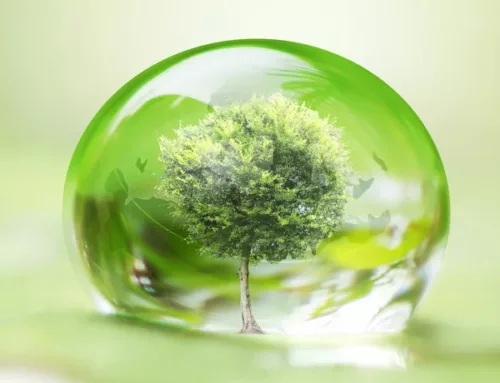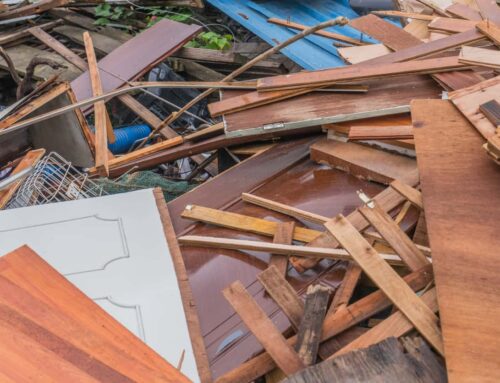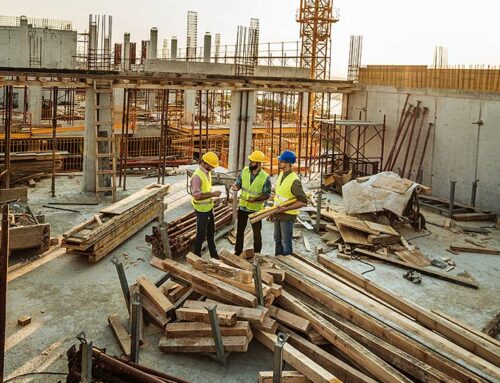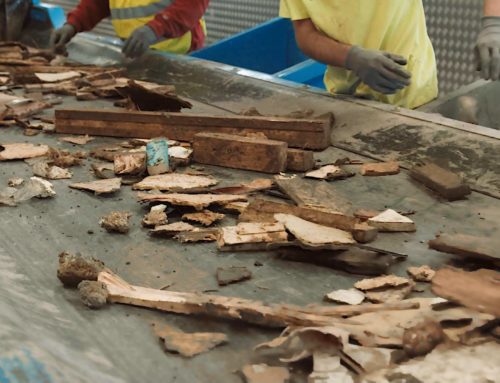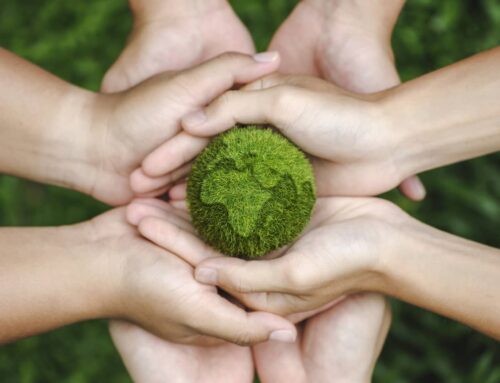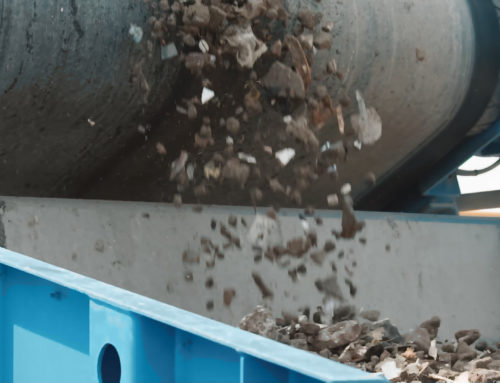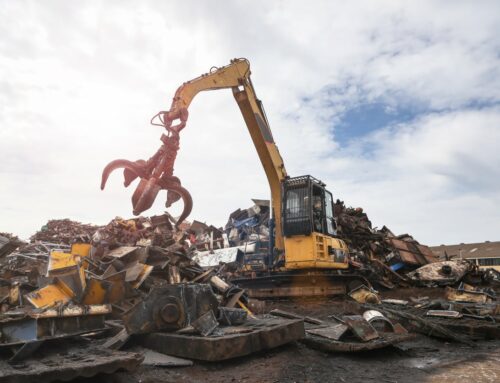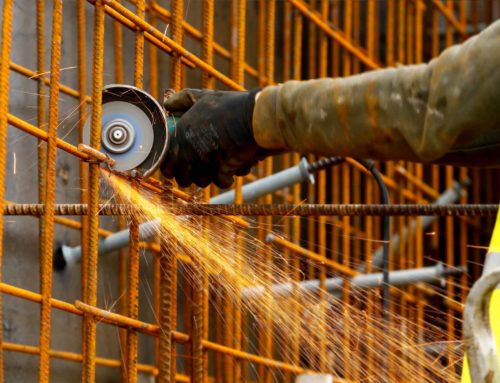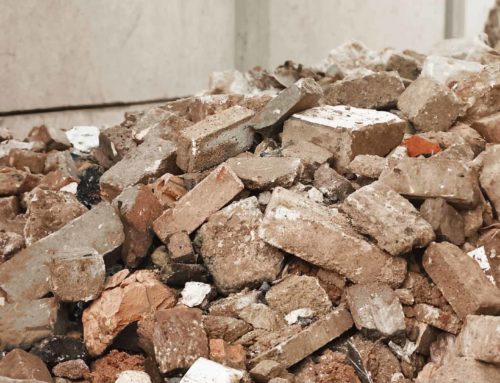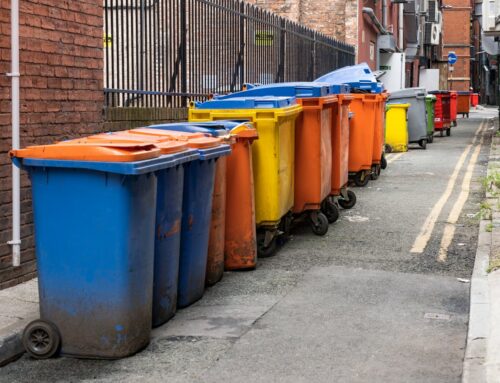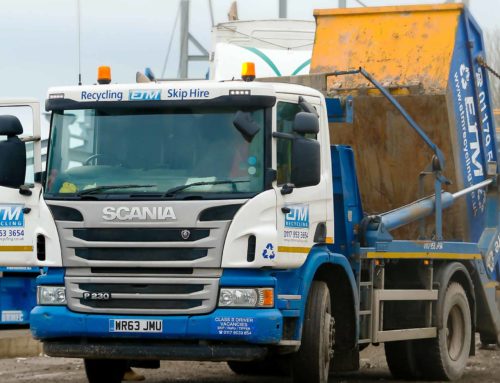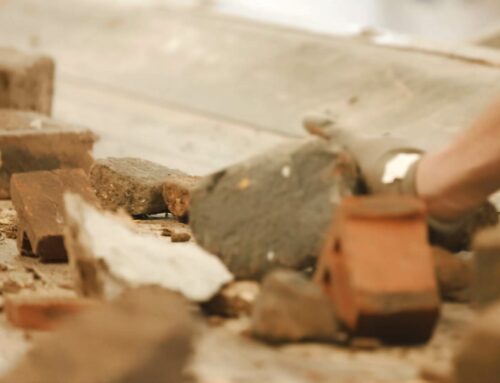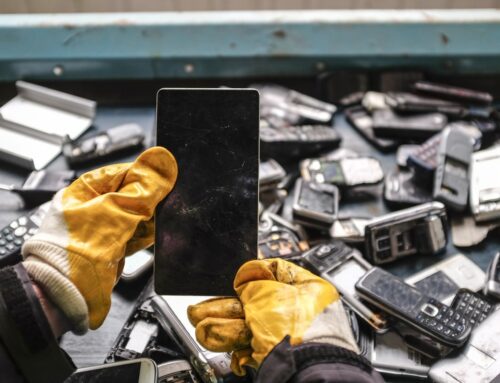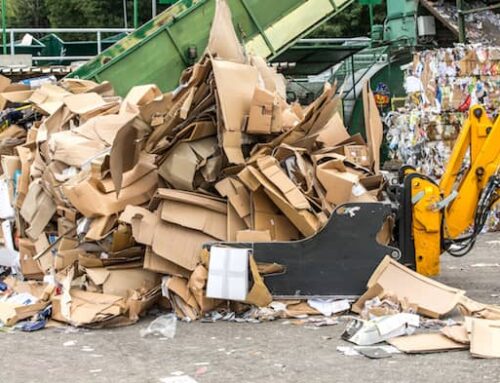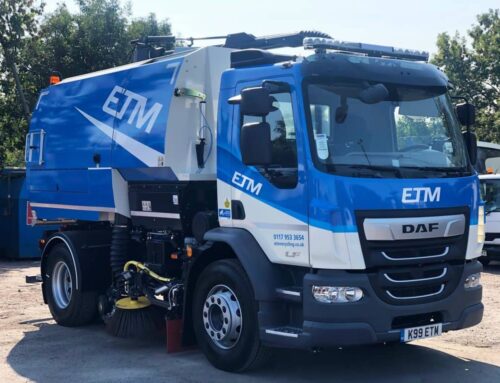Keeping track of your waste is important when trying to improve your sustainability and decrease the environmental impact of your business. The journey that waste takes is known as a waste stream.
A waste stream is defined as the flow of waste from its source to its end. This destination can be the recovery, recycling, or ultimate disposal of the waste.
There are two main types of waste streams: materials, such as metals and glass, and products, such as electronic waste and packaging.
At ETM Recycling, we take waste management seriously. We have a certified quality management system, ensuring that we provide the best possible service at every step of the way.
We can help you with the management of your waste, providing the best solutions to taking it from its source to its endpoint. Get in touch if you’d like to learn more about the sustainable waste management solutions that we have on offer.
Waste Stream Legislation
The characteristics of each waste stream differ depending on its source and the materials involved. Each of these streams comes with applicable legislation which covers the treatment and practicality of the methods used.
To assess the various waste streams, it is important to consider all the variables involved. This can be the source and how it affects the product, the specific recycling or recovery methods being used, or the opportunities and challenges of applying these processes to a type of waste.
Learn more about waste management regulations and how they can affect your business. >
Different Types of Waste Stream
As previously mentioned, there are categories of waste stream: product and material. Product waste streams feed into material ones, but the steps taken before then are still important to follow good waste management practices.
The destination for a waste stream can be the landfill or an incineration plant, but at ETM Recycling we use leading sustainable waste management solutions to ensure that as little waste meets end-of-life criteria as possible.
Material Waste Streams
Material waste streams are comprised of the raw materials involved in products. The primary material waste streams are:
- Glass
- Metals
- Plastic
- Paper and cardboard
- Wood and bio-waste
Each material has its own specific treatment and journey, and following the waste stream from source to end can help in the formulation of good waste management techniques to ensure that as little as possible is lost along the way.
Metal
The two categories for metal waste are ferrous (steel and iron) and non-ferrous (aluminium, copper, and others). Waste can also contain metals from both categories and will take extra care to process.
Due to the infinitely recyclable nature of metals, they can undergo “end-of-waste” categorisation. They are then classed as secondary raw materials and can be put to further use.
Ferrous waste primarily comes from vehicle scrap and industry, while non-ferrous metals are nearly all from industry except for aluminium which is most frequently used for packaging.
Recycling metals can deliver significant energy & cost savings. Electric arc furnaces use scrap metal almost exclusively to produce steel and are much more efficient than converting from iron ore.
While metal can in theory be recycled forever, in practice it has a limit. This is caused by the mixing in of other metals that have been used as coating or alloys. Good waste management practices can result in the effect of this being lessened or removed entirely.
Manage your scrap metal waste stream with help from our guide on how to sell it. >
Plastic
There are over 1000 types of plastic, but they can be broken down into three categories:
- Thermosets – hard plastics used when durability is needed, for example cars.
- Elastomers – soft, rubbery plastics.
- Thermoplastics – easily mouldable, used for packaging.
The main uses for plastics are for packaging and construction, but they also have uses in the electrical and automotive industries. These are therefore the most likely places waste plastic will come from.
In terms of the waste stream, plastics have a mixed destination. They are either sent to landfill, incinerated for energy recovery, or recycled, with a roughly even split as to each.
Over time there has been a downwards trend of plastics being sent to landfill, which means more of them are managing to be reused or recycled.
Plastic waste has a few different treatment methods, such as mechanical recycling and energy recovery. Plastics which are unsuitable for these methods can also be used in a similar fashion to construction waste via backfilling.
Mixed or hazardous plastics are some of the main obstacles in the plastic waste stream, and need to be dealt with carefully by waste management services to ensure good waste management is being upheld.
Learn more about the plastic waste recycling process in our ultimate guide >
Paper and Cardboard
Paper and cardboard already have a heavy presence in recycling and good waste management. Around half of the raw materials used in the paper industry come from recovered paper, and nearly three quarters of all paper and cardboard products are recycled.
Wastepaper can be collected from several sources including trade, industry, offices and households. It then goes on to be used in new products, usually for packaging and newspapers.
Recycling paper and cardboard saves resources, with one tonne of paper waste being the equivalent of three tonnes of raw wood. This saves not only on materials but also on energy and water.
Paper fibres can be recycled several times over. There is a limit on the number of times this can be done, meaning reused fibres need to be combined with fresh material. Each fibre can be recycled around three and a half times, although a fifth of all paper is unable to be recovered.
If you have cardboard you need to get rid of, check out our cardboard recycling services. >
Wood and Bio-waste
The waste stream for wood starts with being sourced from industry, construction, demolition, and packaging. Typically, it goes on to be recycled, incinerated with energy recovery, or treated for reuse.
Nearly all wood waste is recycled or incinerated for energy, leading to quite a high rate of sustainability.
Bio-waste, on the other hand, refers to waste typically from household, green, or food processing sources.
Recovery of this waste entails composting through aerobic or anaerobic means, resulting in a compost product. This is typically of low value but can be tailored to meet a specific need which increases the price.
Bio-waste recovery is limited by the conditions of decomposition which range from the mixture of the sources to their pH level, and care must be taken to avoid contaminating the materials with pathogens to prevent risks to health and the environment.
As with wood waste, bio-waste can also be recycled by incinerating it to generate energy.
Find out more about the ins and outs of wood recycling with our ultimate guide. >
To improve the efficiency of your waste streams, you should minimise your reliance on single-use plastics and materials. Try to use recycled goods where possible and use digital means for documents and communication to avoid overusing paper.
Product Waste Streams
Product waste streams start with a base product that can contain many different types of material. The main sources for product waste are:
- Packaging, such as for retail and transportation
- Electronics like TVs and phones.
- Batteries
- Mining and demolition
- Construction
View one of our case studies on construction waste management here. >
Packaging
Product packaging is made up of many of the categories from material waste: paper or cardboard, glass, plastic, wood, and metal.
While most packaging is recycled, there are variations based on the specific material used. For example, paper and cardboard used in packaging are recycled nearly three times as frequently as plastics.
Measures should be taken to prevent packaging waste and to develop packaging re-use systems. This can be done by businesses and consumers alike, either by focusing on making sustainable packaging or by using a good waste management system to ensure it is properly disposed of.
Electronics
Electrical and electronic waste, also referred to as “e-waste”, is perhaps the fastest growing waste stream.
Nearly half of all e-waste is comprised of household appliances like washing machines and microwaves.
IT equipment makes up a sizeable proportion as well, matched by the waste of consumer equipment like TVs and stereos.
While there is a sizeable amount of recycled e-waste, a good proportion of it disappears. This lost material is either being kept inside people’s homes, collected outside of the regular channels, or sent straight to landfill alongside ordinary waste.
Learn more about why you should recycle electronics. >
Construction and Demolition
Waste from construction and demolition can contain heavy minerals which can pose significant risk to health and environment, and is obtained from buildings, roads, and upkeep. It can contain a vast variety of materials from soil and stone to solvents and asbestos. While most of these can be easily recycled, some of them are hazardous, so care must be taken to separate them out during the waste stream process.
The waste that results from these industries has a variety of uses, from backfilling drains and quarries to the production of made ground. It is a highly recyclable source of waste, but great care must be taken to make sure toxic or dangerous components are removed beforehand.
Find out some of the benefits of using recycled building materials here. >
Batteries
Batteries are made up of a variety of metals and chemicals depending on their type. They need to be sorted at the start of the waste stream as each needs a specific process.
Batteries not collected and sorted will enter conventional waste streams which end at either a landfill or an incineration facility.
While there are rules limiting the quantity of hazardous materials present in batteries like mercury, they still need to follow special rules for their collection, recycling, and disposal.
While collection rates for batteries from vehicles and industry are high, many commercially used portable batteries leave the waste stream and are lost to poor waste management like landfill and incineration.
General Advice
Keep track of how you use packaging. Whether it is for your own products, or for things that you are buying in, there is likely a lot more than you need to be using.
Try to keep your packaging designs as sustainable as possible, making sure to use materials that are used are biodegradable or easily recyclable.
Try to order in bulk as this often cuts down on the materials that are being used and try to reuse any packaging whenever possible.
Find out more about how to create and achieve a zero waste to landfill strategy >
Leading Waste Stream Management Services with ETM Recycling
We at ETM Recycling have a wide range of services on offer that can help you manage your various waste streams, from tipping services and recycling to skip hire.
Our clients in Bristol and throughout the Southwest trust us to provide state-of-the-art waste management that is ecological and efficient. Check out our case studies to see some of our best achievements!
If you want to know more about the services we offer and how we can help you, get in touch or book a skip!
Alternatively, consider reading some of our other articles below:
